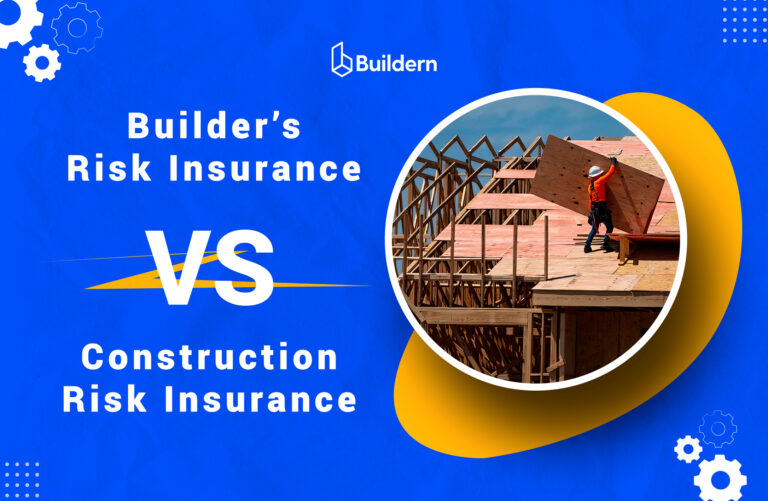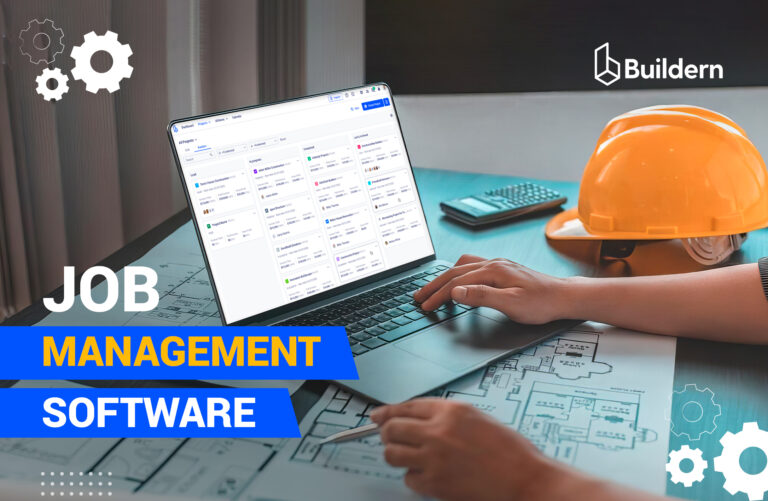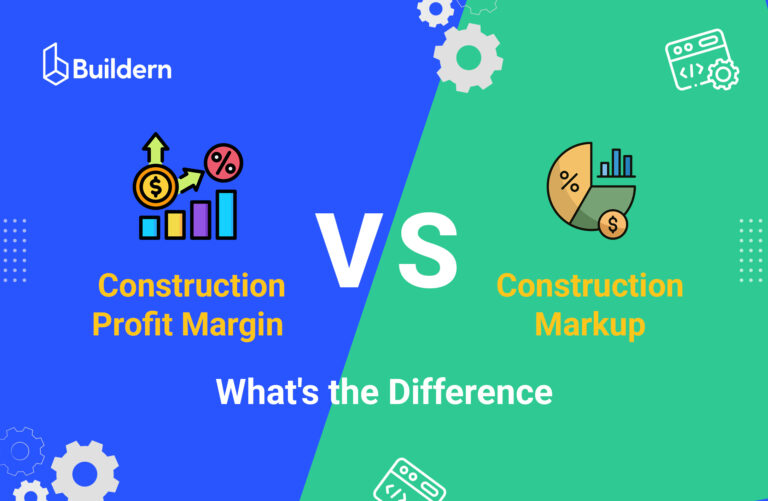What Is Construction RFI? 3 Steps to Handle Automated Processes
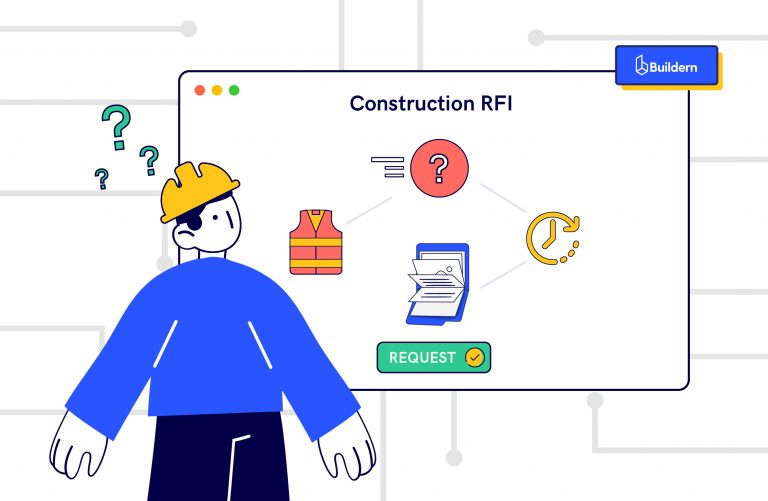
A Request for Information (RFI) is a formal process used in construction project management to clarify questions or uncertainties that arise during the planning, design, or construction phases of a project.
An RFI is typically submitted by a contractor, subcontractor, or supplier seeking clarification or additional information from the project owner, subcontractors, vendors, design team, or any other accountable project member.
The process ensures that all parties have a clear understanding of the project requirements and that any potential issues or conflicts receive instant solutions early in the project lifecycle.
The industry often faces problems like delays, cost overruns, and disputes.
A significant portion of projects fails to deliver on their promises to customers, with an overwhelming 70% not meeting expectations. Adopting a well-structured management process can effectively lower this failure rate to a more desirable 20% or below.
Effective construction project management is crucial to minimize risks and increase the likelihood of successful outcomes. By implementing best practices, project managers can ensure the successful completion of construction projects.

Request for Information (RFI) Defined
A Request for Information (RFI) is a communication tool for construction project management clarifying specific aspects of the project design, specifications, or contract documents.
It is a written or verbal request made by the project manager, contractor, or any other stakeholders involved in the project, seeking additional information or clarification from the project owner, architect, engineer, or other relevant parties.
The role of an RFI in construction project management is to facilitate communication and collaboration between all parties involved in the project. RFIs help resolve any questions or ambiguities in the project takeoff plans or specifications, ensuring that everyone has a clear understanding of project expectations.
This helps to identify and resolve issues early in the project, preventing them from becoming more significant problems.
An RFI typically includes:
- the date it was submitted,
- the name and contact information of the person submitting it,
- a brief description of the issue,
- any relevant attachments or supporting documentation.
The recipient has a specified time frame to respond with the requested information, which should include a clear and concise answer to the question and any additional relevant information.
So, the RFI process is an essential component of construction project management that helps to minimize the risk of delays, budget overruns, and disputes, and increase the chances of a successful project outcome. By ensuring clear and effective communication between all parties involved in the project, RFIs play a vital role in the smooth and efficient completion of construction projects.
Main Roles and Responsibilities
The project or construction manager is usually in charge of managing construction RFIs efficiently. After receiving the RFI request, they delegate it to the appropriate team members, such as engineers, architects, or subcontractors, based on the nature of the request.
The RFI response is the responsibility of the recipient, who must provide a clear and concise answer to the question within the specified time frame. The construction manager then reviews and approves the response to ensure it meets project standards and requirements.
Effective delegation of RFIs and prompt response help to minimize project delays and ensure a successful project outcome.

Types of Construction RFIs
Construction RFIs serve as a communication tool for clarifying project design, specifications, and contract details. There are several types of RFIs.
General Issues
General Issues address common questions or clarifications that may arise during the construction process.
These could include questions about the construction schedule, materials used, or safety procedures. General Issues RFIs help to ensure that everyone involved in the project is on the same page, and that the project is progressing smoothly.
Constructability Issues
Constructability Issues address anything that may arise during the construction process that could affect the feasibility of the project.
These could include questions about the construction process, site conditions, or the availability of certain materials. Additionally, constructability Issues RFIs help define the efficiency of construction process.
Design-Related Clarifications
Design-Related Clarifications RFIs refer to questions or ambiguities in the project design.
These could include questions about the design of a particular element of the building, such as the placement of windows, or the specifications of a certain material. Design-Related Clarifications RFIs help to ensure that the design of the building is being executed correctly and that the final product meets the intended specifications.
Resource Scheduling
Resource Scheduling RFIs typically address issues affecting resource scheduling.
These could include questions about the availability of certain materials or the availability of construction workers. Resource Scheduling RFIs help to ensure that the construction process is being carried out efficiently and effectively, and that the project is completed on time.
Material Change
Material Change RFIs address any material changes that may arise through the construction.
These could include changes to the specifications of a certain material or substituting one material for another. Material Change RFI may appear as a result of corresponding change orders, so they help to ensure that the materials used are of the highest quality and meet the intended specifications.
Utility Conflict
Utility Conflict RFIs clarify any conflicts involving building utilities.
These could include conflicts between different utility systems, such as the electrical and plumbing systems, or conflicts between the building’s utilities and the utilities of the surrounding area. Utility Conflict RFIs ensure the building’s utilities are functioning properly.
Site Conditions
Site Conditions RFIs address additional questions regarding site condition changes.
These could include questions about the soil conditions, the availability of water, or the presence of underground utilities. Site Conditions RFIs help to ensure that the construction site is suitable for the construction process and that the building has a stable foundation.
Value Engineering
Value Engineering RFIs address any questions or concerns referring to the cost and efficiency of the project.
These could include questions about the cost of certain materials or the cost-effectiveness of a certain construction process. Value Engineering RFIs help to ensure that the construction process is being carried out efficiently and effectively and that the final product is cost-effective.
RFI, RFP, RFQ, and RFT: What’s the Difference?
The construction industry involves various processes and procedures, including procurement, which refers to acquiring goods, services, and construction works. There are several terms used in the construction industry to describe procurement procedures, including Request for Information (RFI), Request for Proposal (RFP), Request for Quotation (RFQ), and Request for Tender (RFT). Understanding the differences between these terms is essential for builders and subcontractors as they determine the approach and process involved in procurement.
RFI
An RFI is a written or verbal request made by the project manager, contractor, or any other stakeholders involved in the construction project, seeking additional information or clarification from the project owner, architect, engineer, or other relevant parties. RFIs are used to resolve any questions or ambiguities in the project plans or specifications, ensuring everyone clearly understands what is expected.
RFP
An RFP, on the other hand, is a request made by a potential buyer to several potential suppliers, inviting them to submit proposals outlining the goods, services, or construction works they can provide. RFPs help buyers who need to identify a solution to a problem and want to compare several options from multiple suppliers.
RFQ
An RFQ, or Request for Quotation, is a request for a price quotation for specific goods, services, or construction works. RFQs are often used when a buyer is looking to purchase goods or services at a competitive price and wants to compare prices from several suppliers.
RFT
Finally, an RFT or Request for Tender is a request for a detailed proposal outlining the goods, services, or construction works a supplier is willing to provide and at what price. RFTs are used when a buyer is looking to purchase goods, services, or construction works, and wants to receive detailed proposals from several suppliers.

Dos of RFI Management
- Clearly state the problem in the RFI, focusing on a single issue to get a better response.
- Subcontractors, as experts, should use the RFI to present their solutions to project challenges.
- Ensure to include all necessary information and context to understand the problem.
- Using relevant visuals such as building plans or photos can help clarify the situation.
- Keep track of all incoming RFIs using a spreadsheet or construction management software, labeling each with a unique number and response due date.
- Read the RFI and supporting materials thoroughly before responding.
- Involve relevant professionals, such as engineers or architects, if the problem requires special attention.
- Provide a full and complete response to the RFI, avoiding any incomplete answers.
Don’ts of RFI Management
- Send RFIs without thoroughly reviewing all available information and resources.
- Delay responding to RFIs, as this can cause delays in the project timeline.
- Send RFIs to the wrong people or departments, as this can cause confusion and miscommunication.
- Ignore RFIs or fail to follow up on them, as this can create legal issues and impact the overall quality of the project.
- Follow specific protocols for handling RFIs
Submit, Track, and Close: Construction RFI Simplified With Buildern
Buildern is a powerful and user-friendly tool that simplifies the RFI process by automating it, streamlining communication and improving the accuracy of information. It has everything you need for RFI management; customizable templates, trackers, RFI reminders, and the ability to reassign RFIs to different team members.
Let’s see how you can manage an RFI request in Buildern in 3 quick steps.
Step 1: Create Standardized Requests
One of the most significant benefits of using Buildern is the ability to create standardized RFI requests through the use of templates. These allow you to quickly and easily create RFIs consistent in format and content, saving time and reducing errors. Customize templates to meet your specific needs, ensuring that all RFIs align with your project requirements.
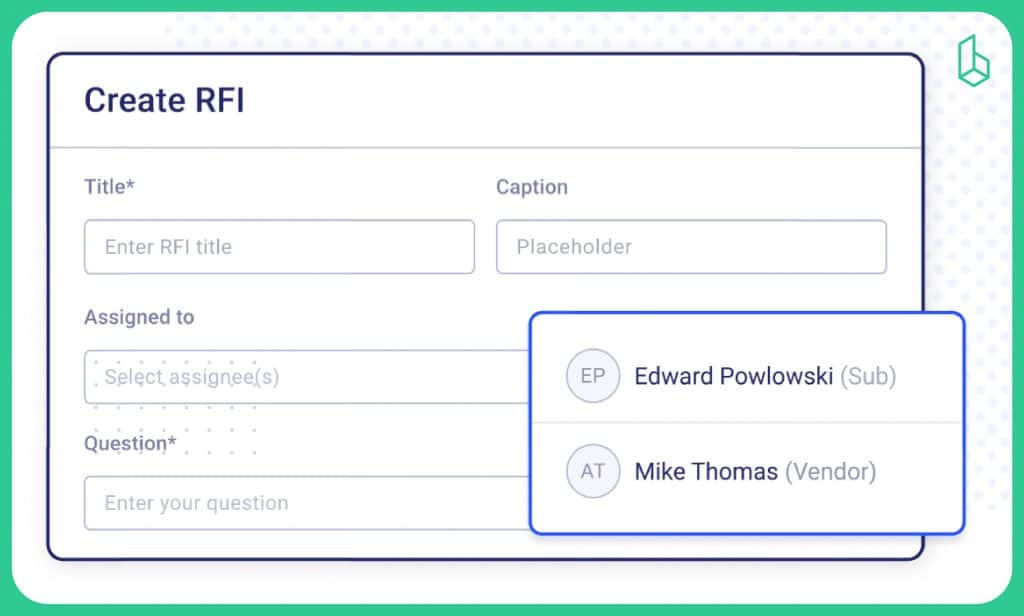
Step 2: Submit, Track, and Implement Requests
To submit an RFI, simply select the appropriate template and fill in the required information. Buildern’s RFI tracker lets you keep track of all RFIs in real-time, so you can see the status of each one, the person responsible for it, and the submission dates.
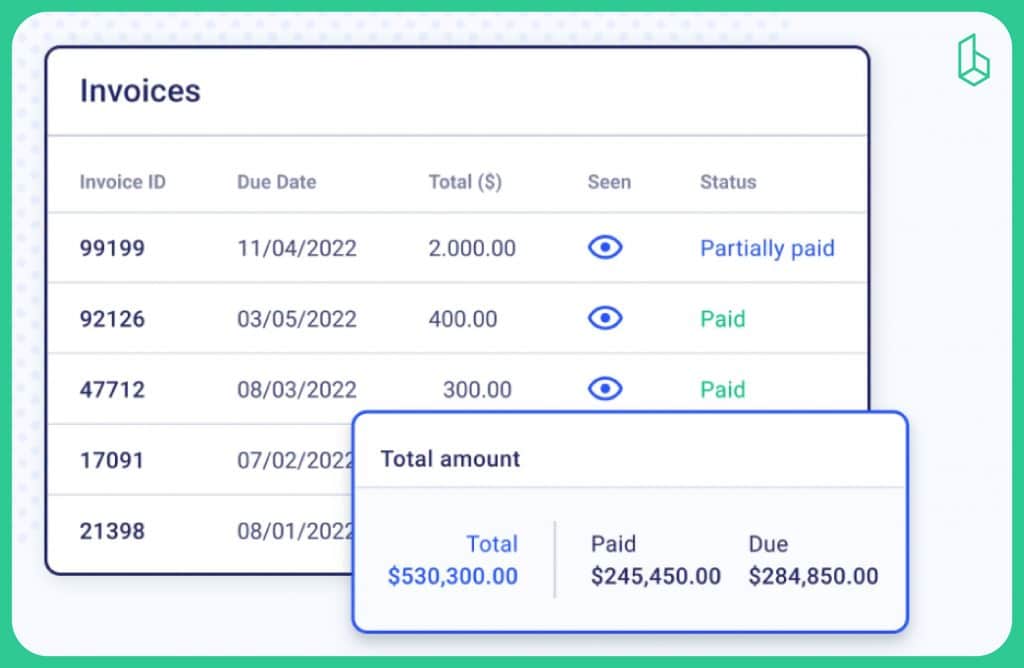
One of the key features of Buildern is the ability to upload relevant documents to RFIs, making it easy to provide context and clarify questions. These documents are easily searchable, allowing you to find what you need quickly. Having a well-structured and organized database makes it simple to keep track of all project RFIs.
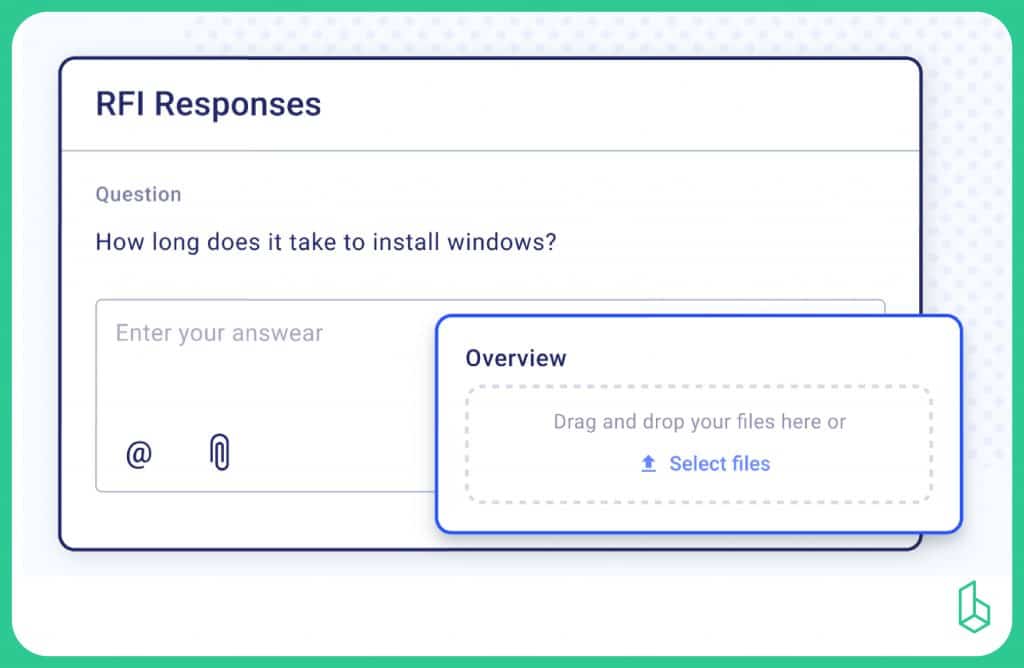
Step 3: Close the Requests
Once everything is clear, and everyone receives answers to their questions, you can close the request with a single click. If there are additional concerns in the future, you can easily reopen the RFI and continue the conversation. With Buildern, you have complete control over the RFI process, from submission to closure.
Extra Tips to Streamline RFI Construction Processes
Construction companies can streamline the RFI process by following several important tips.
The Sooner, the Better
Early submission of a Request for Information (RFI) is an ideal practice in project management. It is always advisable to submit RFIs before the commencement of major work on the project. By doing so, you can address the key questions or clarifications regarding the project scope as soon as possible.
Yes, they may arise many issues that will change the course of the project and require additional RFIs. Having the early-stage project, RFI will ensure that the project is being executed as per the original plan, minimizing any potential roadblocks and keeping the project on track.
Early submission of RFIs leads to effective project management and helps in reducing delays and other potential problems.
Highlight the Urgency
Another tip is to highlight the urgency of the RFI clearly. To ensure a prompt response, you need to specify when the issue requires immediate attention.
Don’t assume that the recipient will automatically understand the urgency of your RFI, as they may receive many RFIs on a regular basis. So, if you need your RFI addressed by a specific date, make sure to mention it.
Follow Up on Unanswered RFIs
When you’ve followed the correct procedures but still haven’t received a response to your RFI, you must follow up with the recipient. This can be done through a phone call or email to the right person who can help advance your RFI.
It’s important to carefully consider submitting additional RFIs with the same request, as this may congest the pipeline. It’s a good idea to determine the reason for the delay in receiving a response before taking further action.
You may want to check if the recipient has received your RFI and if they require additional information from you. By following up on unanswered RFIs in a professional manner, you can help to ensure that the RFI process is moving forward efficiently.
Review Documents to Avoid Repetitions
Before submitting an RFI, it’s essential to review all project-related documents thoroughly. This review can help you determine if the information you need is already available and if submitting an RFI is necessary.
Many RFIs stay without an answer due to a lack of detail or context. By carefully reviewing project documents, you can avoid submitting unnecessary RFIs that would waste the time of both you and the recipient.
It also helps to ensure that the RFIs that you do submit are specific, concise, and address a real need.
Provide Context
Finally, it’s crucial to provide context when submitting a construction RFI. This means providing any additional information related to the request, such as images, documents, or other relevant materials. Without this context, many RFIs are left unanswered or returned due to a lack of detail.
Providing all necessary information upfront can help to ensure that the recipient has a clear understanding of the request, which can speed up the RFI process and prevent misunderstandings. By including all relevant details and context, you can guarantee prompt and accurate answers.
Key Findings
In summary, Buildern is a powerful and user-friendly tool simplifies the construction RFI process. It allows users to create standardized RFI requests using customizable templates, submit and track RFIs, and easily close requests once they have been addressed. With features like RFI trackers, reminders, reassignment options, and the ability to upload documents, Buildern helps keep the RFI process organized and efficient.

